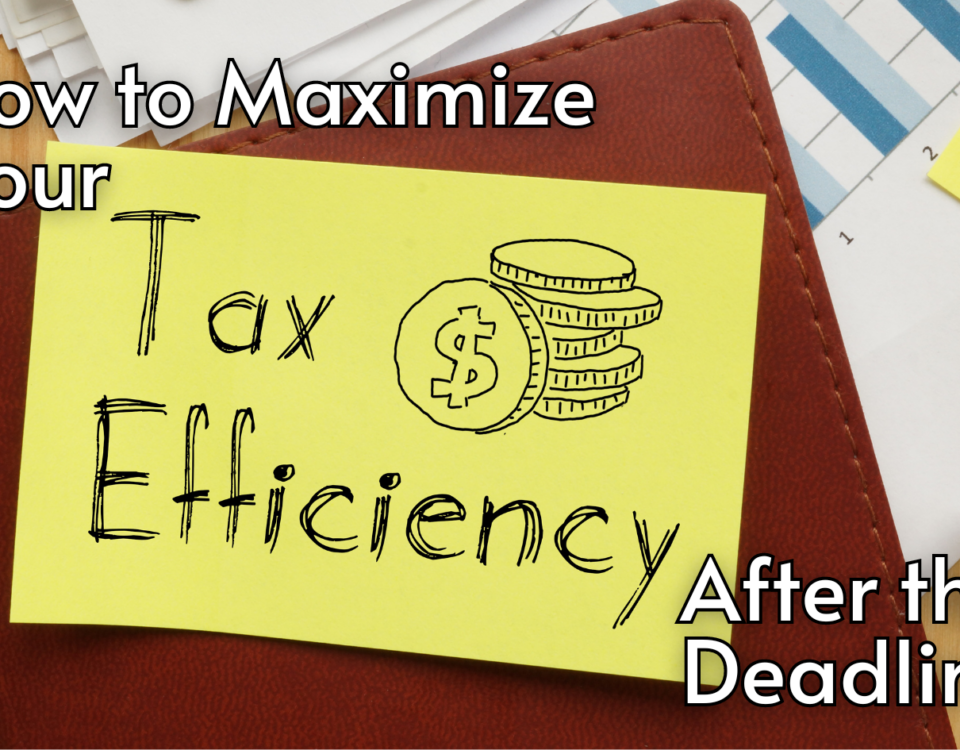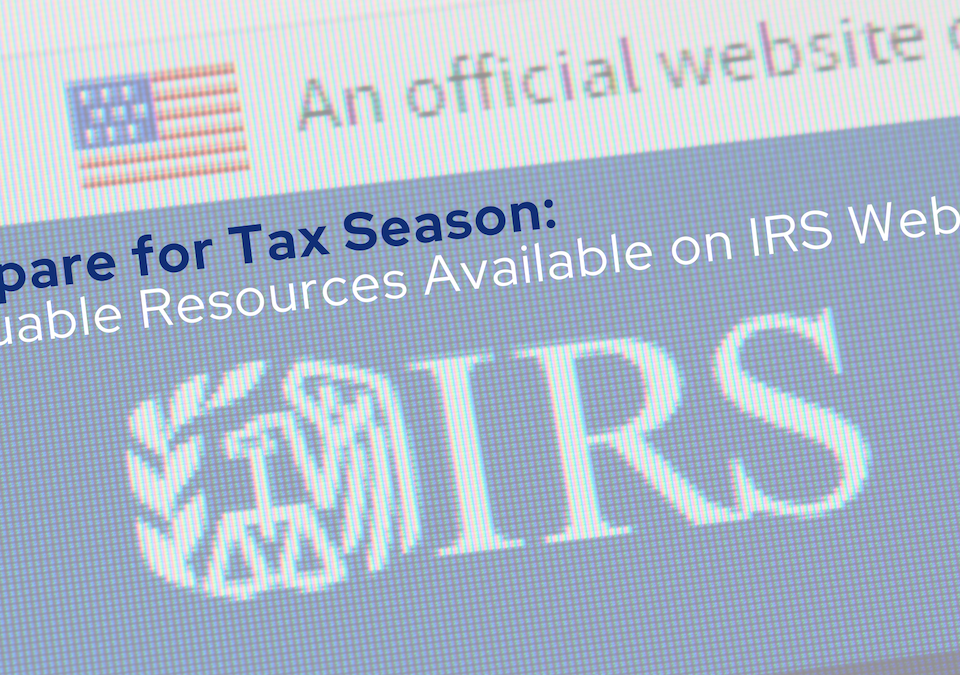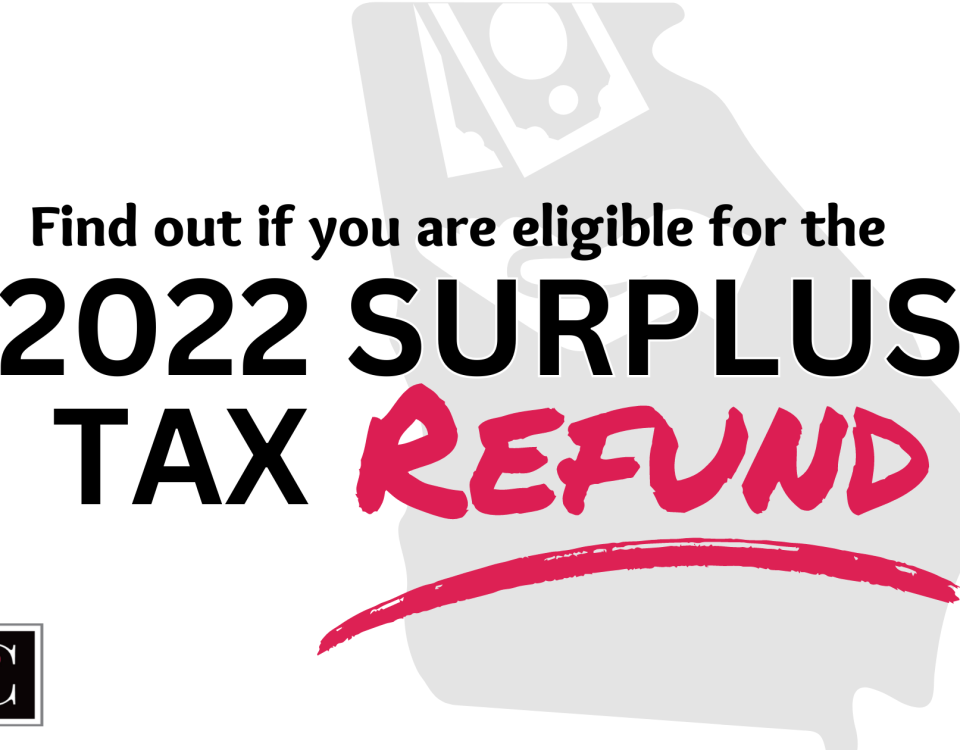- PHONE: 706.288.2000
- FAX : 706.288.2001
Safeguarding Your Personal Data

Maximizing Tax Deductions: A Guide for Self-Employed Individuals
February 29, 2024
A Guide for Post-Tax Season Financial Planning
May 1, 2024In an age where information is both currency and commodity, the safeguarding your personal data has become paramount. While much attention is given to digital security, the significance of managing physical documents can sometimes be overshadowed. This is where the practice of annual document shredding comes into play, serving not just as a means to declutter but as a critical measure in protecting personal privacy.
The Importance of Shredding Documents Annually
Preventing Identity Theft:
One of the primary reasons to adopt the habit of shredding documents annually is to prevent identity theft. Sensitive documents such as bank statements, credit card offers, bills, and even medical records contain information that can be a goldmine for identity thieves. By shredding these documents, you minimize the risk of your personal information being used fraudulently.
Ensuring Personal Privacy:
Beyond the risk of identity theft, the shredding of personal documents on an annual basis helps in maintaining your privacy. Information you consider trivial, like your address or phone number, can be pieced together with other data to compromise your privacy. Regular shredding helps ensure that your personal life remains just that—personal.
Legal Compliance:
For businesses, annual document shredding is not just about protecting client or employee information; it’s also a legal requirement under laws like the Health Insurance Portability and Accountability Act (HIPAA) and the Fair and Accurate Credit Transactions Act (FACTA). These laws mandate the destruction of certain documents to prevent unauthorized access to personal information.
Reducing Clutter:
On a more practical level, the annual shredding of documents helps in reducing clutter in your home or office. Over time, even the most organized spaces can become overwhelmed with papers. By setting a yearly date for shredding, you commit to a routine that keeps your space tidy and your information secure.
Best Practices for Document Shredding
- Know What to Shred: Identify documents that contain sensitive information, including account numbers, social security numbers, signatures, and personal health information.
- Use a Cross-Cut Shredder: For added security, use a cross-cut shredder that cuts paper into confetti-like pieces, making it nearly impossible to piece information back together.
- Consider a Shredding Service: For large volumes of documents, or for those running a business, consider hiring a professional shredding service. These services can handle bulk shredding tasks with a higher level of security. Be sure to join us on April 26 for Anderson, Adkins and Company’s annual Spring Shred Day when you can take advantage of an on-site shredding truck for free! Please visit our event page for more information.
- Stay Consistent: Make document shredding an annual ritual. Set a specific time each year, perhaps at the end of the year or around tax season, to sort through and securely dispose of outdated documents.
The annual shredding of documents is a simple yet effective way to protect your personal information from falling into the wrong hands. By incorporating this practice into your yearly routine, you take a proactive step towards maintaining your privacy and security. In an era where information breaches are all too common, such preventative measures are more important than ever.




